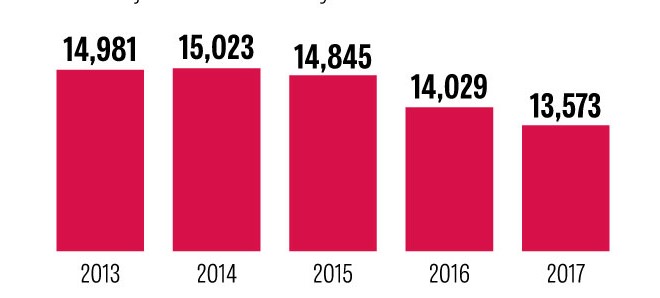Fractional fall in Panama schoolgirl pregnancies

A Health Ministry program has contributed to a fractional fall in pregnancies of teens between 15 and 19. They were reduced by 9.4% (408) when comparing 2013 the year of the first measurement with 2017.
This was reported by the Ministry of Health (Minsa) and the United Nations Population Fund (Unfpa, for its acronym in English) –which offers technical advice–, detailing that in 2013 there were 14,981 pregnancies in young people and five years later, 13, 573.
The coordinator of the Minsa’s Childhood and Adolescence Program, Yamilette Rivera , said that the percentage variation is due to the Adolescent Friendly Health Services (SSAA) program.
“It is a program that works in 70 health facilities in Minsa and in two in the Social Security Fund, with the support of 878 health professionals,” Rivera said.
The program has served 280, 803 young people.
Although the numbers are encouraging, Rivera is aware that Panama is the third country in Central America with the highest fertility rate in adolescents (births per 1,000 women aged 15 to 19 years) in from 2010 to 2015, according to a report from the World Health Organization (WHO) published in February.
The list of the region is headed by Nicaragua, with a rate of 92.8, followed by Guatemala (84) and Panama (78.5).
Unfpa official, Edilma Berrios, stressed that the SSAA program works with families and health workers to provide quality care to adolescents.
She said that the reduction of pregnancies in young people, is more than a figure, it represents a group that will not drop out of school.





